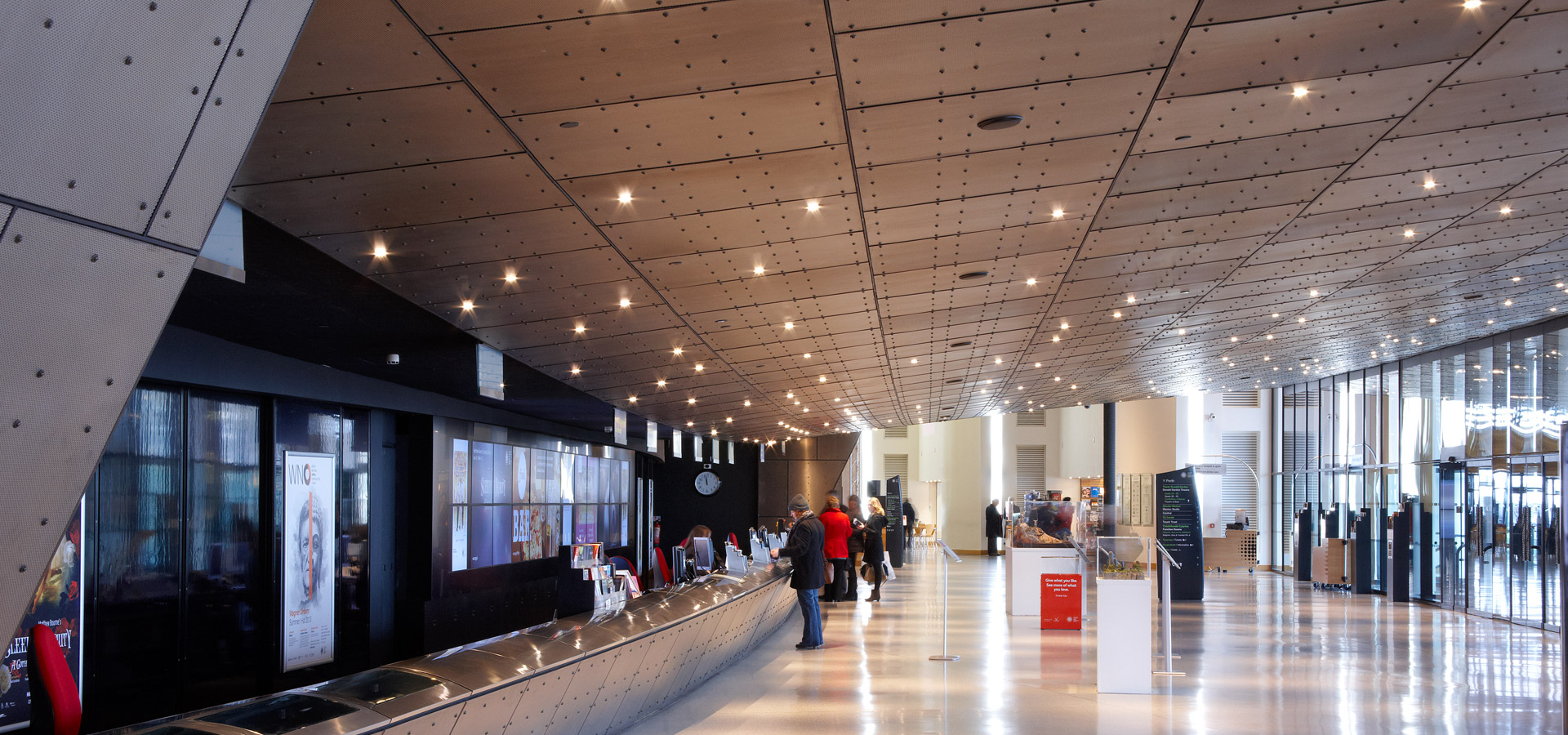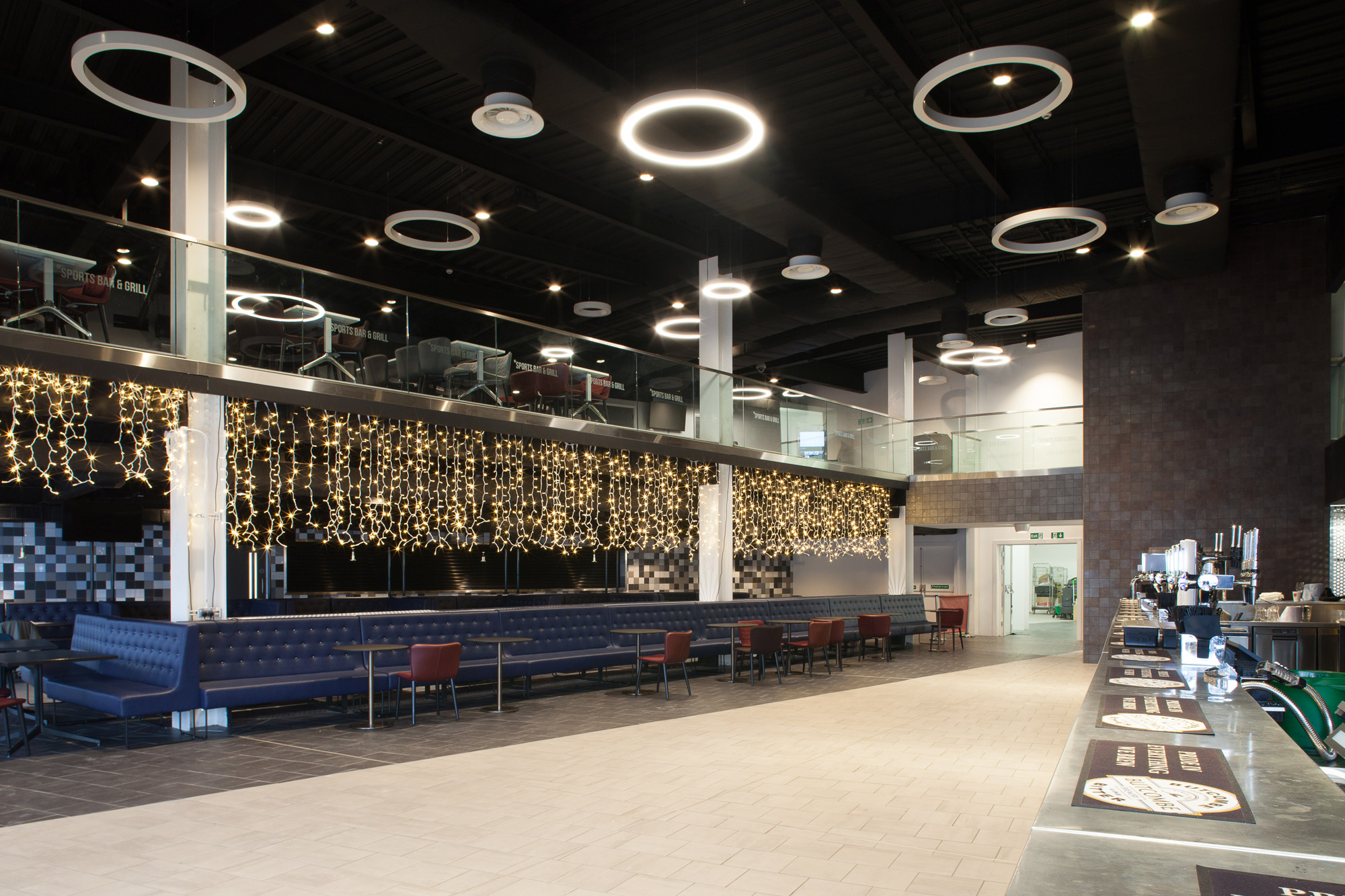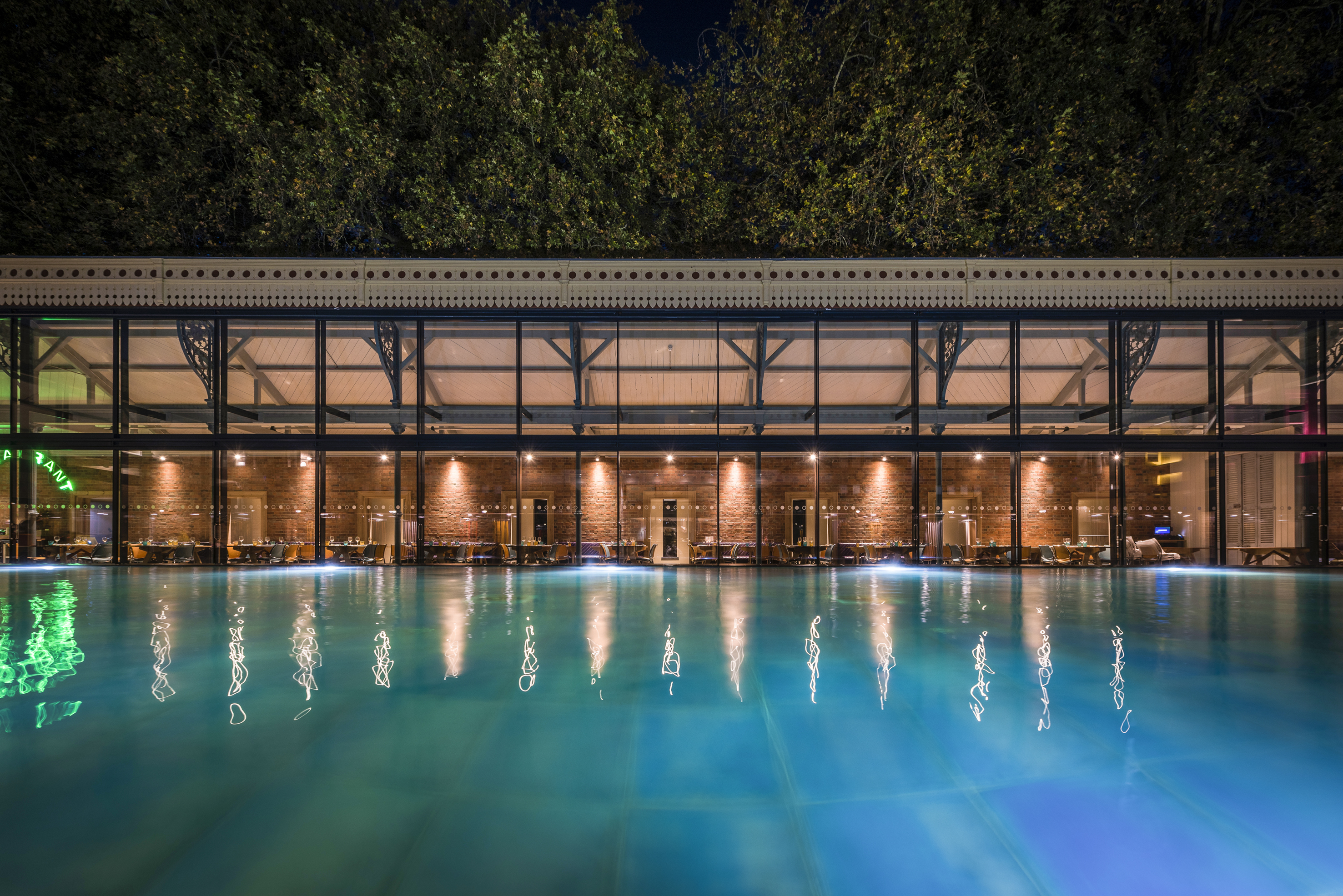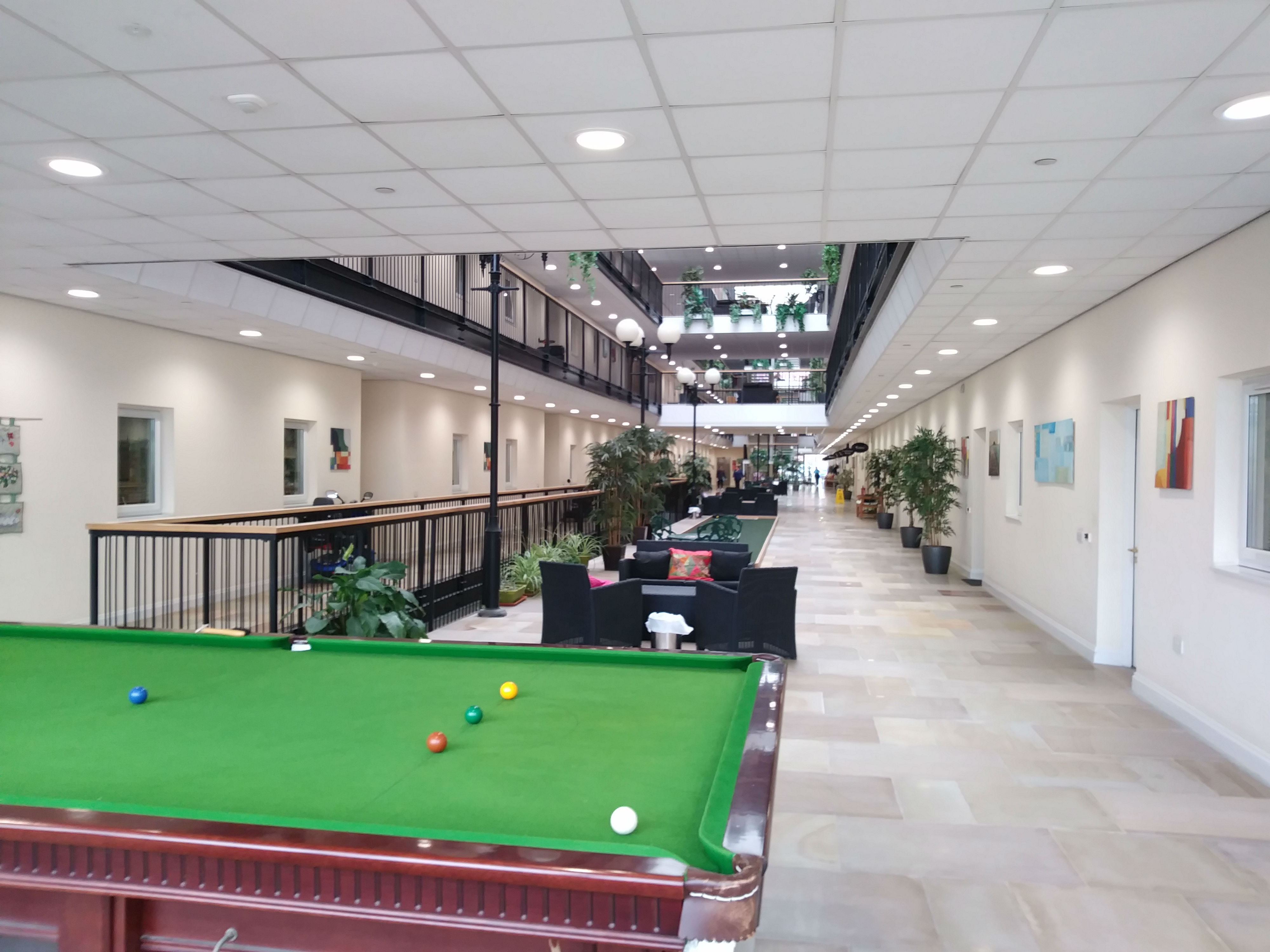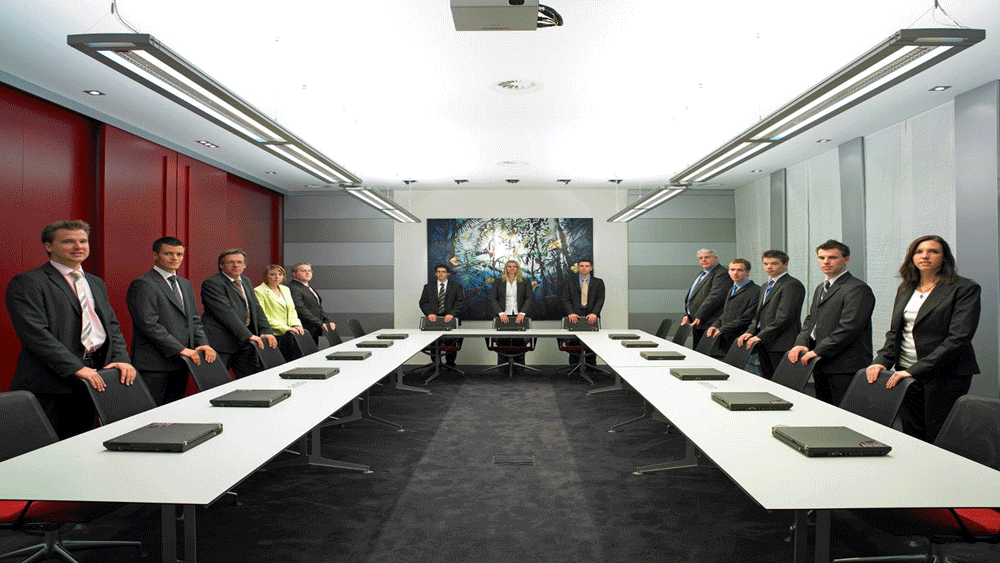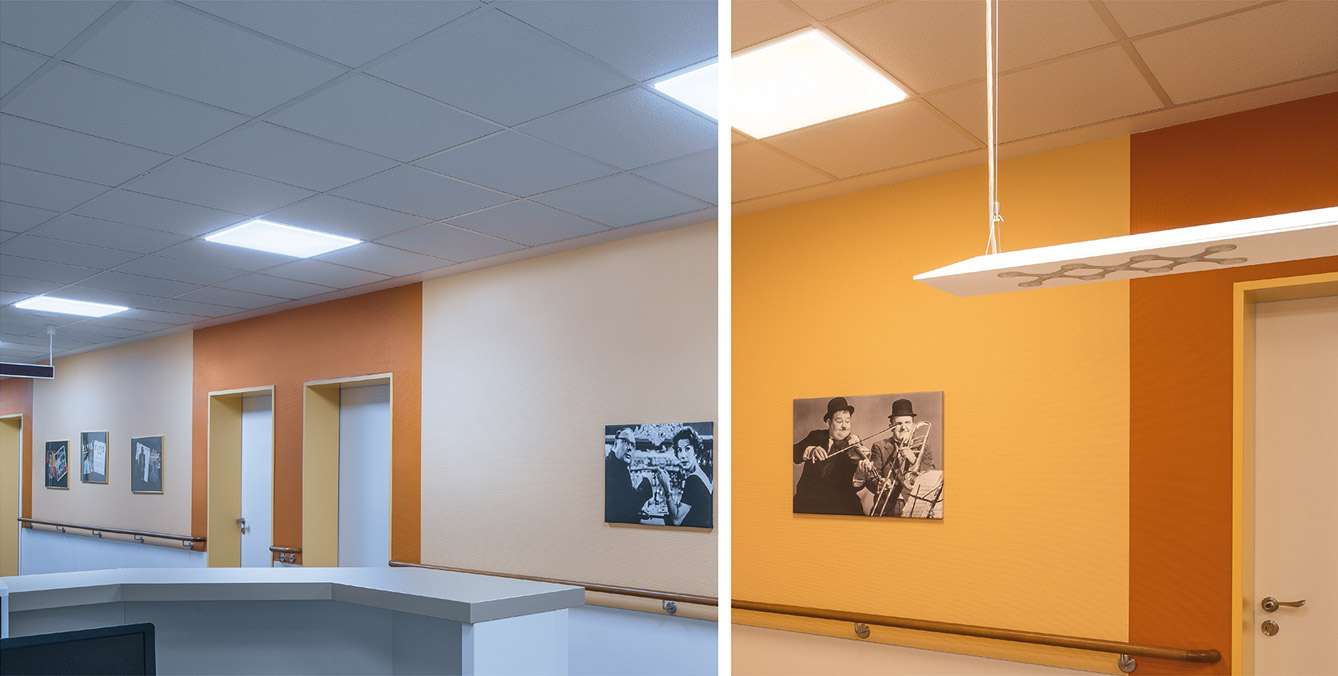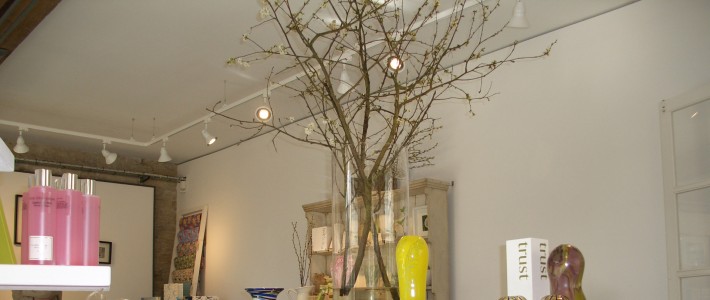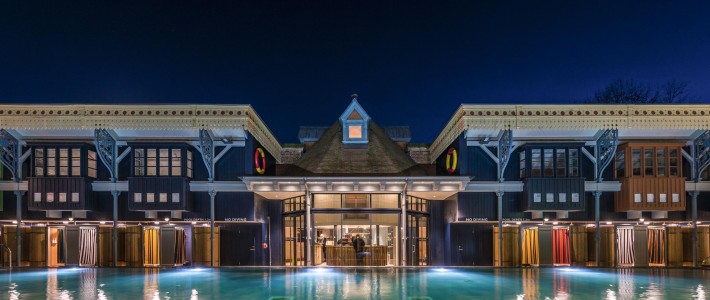Human centric lighting is a current and relevant challenge for the lighting sector. The effect of light on our well-being and health are being better understood, and biologically effective lighting needs to form part of the approach to providing modern lighting solutions. As opposed to just focusing on lighting aesthetics and energy efficient criteria.
For millions of years, humans, like most living organisms, have had our body clock regulated by natural light through the duration of our daily cycle. Daylight directly increases the level of activity and consequently this reduces during darkness when the body prepares itself for sleep.
Artificial lighting has been central to our modern way of life for over a hundred years. However, this has not been enough time for us to evolve and adapt to spending much of our lives under an artificial environment and this can lead to conditions like depression and sleeping disorders.
By understanding better the workings of our body and their relationship to a natural daylight cycle we can create biologically effective lighting that can simulate this natural process. Modern LED lighting systems individually programmed, or preset, can imitate the course of the day, and our bodies can respond.
Our Circadian Rhythm
The human body clock is triggered by specific receptors in the retina, or more accurately known as our suprachiasmatic nucleus. We use light to know when to release hormones that signal to our brain telling us when to wake up or go to sleep. This is our circadian rhythm.
click image to see a higher resolution version of the circadian rhythm
Morning
During the course of the morning low level sunrise tells our body to prepare for our daily routine. During this time our body releases cortisol and adrenalin to get our bodies going and serotonin to help our brain wake up.
As we approach midday, cortisol levels drop but our body continues to increase adrenalin and serotonin.
Daytime
As the sun rises and gets stronger these levels of adrenalin and serotonin increase along with our core temperature and metabolism making us hungry. By mid-afternoon our metabolism is peaking. This is a prime time for physical activity as we can convert fat into energy more efficiently now than at any other time during the day.
Evening
As daylight dims so does our energy as less essential chemicals for activity are produced. This causes our core temperature to fall. It is at this point the body starts to convert serotonin into melatonin. As melatonin levels gradually increase we start to tire as our body prepares for sleep
Night
Melatonin is now overwhelming our system making it difficult for us to stay awake or carry out any activities. This is when our body is ready to fall asleep. As our core temperature drops further melatonin continually released
Dawn
We stop producing melatonin as our body senses low light levels from the sunrise helping us get ready for waking up. Our core temperature at this point is at its lowest. As light levels increases we start to produce the cortisol, adrenalin and serotonin and the daily cycle begins again.
Biological Responses
Our body clock is located in the suprachiasmatic nucleus (SCN), a group of cells located in the brain. The SCN receives information about illumination through the eyes. The retina of the eye contains photoreceptor rods and cones which are used for conventional vision. But the retina also contains specialised photosensitive ganglion cells that project directly to the SCN helping to synchronise our body clock.
The SCN takes the information from the retina on the light levels, and their duration, and passes it to the pineal gland. The pineal gland is responsible for the secretion of melatonin. However artificial lighting disrupts this process which can result in the pineal gland misinterpreting the time of day and confuses our circadian rhythm. This is why spending a lot of time under artificial light can have adverse effects on our health. Good lighting should therefore follow the patterns and rhythms of natural light.
Human Centric Lighting
Biometric lighting simulates the process of natural daylight. Modern LED lighting systems can be programmed to achieve, or even control this, through tuneable white LED chips and fluctuating lumen levels. Imitating the course of the day like this stimulates our body’s responses.
Light with a high spectral blue (e.g. 9,000K) activates and increases the capability for performance and concentration by simulating the midday sun. If these light levels are reduced, and colour temperatures warmed (e.g 2700k), the body relaxes and calms as an evening environment is created.
By taking control of our lighting solutions in this way we can directly influence the positive effects on the human biological rhythm. In commercial and industrial applications and places of education we are now able to improve motivation and concentration increasing productivity.
different light levels and colour temperatures throughout the day are optomised for different tasks and for energy and concentration levels
A research experiment was carried out in 39 schools in Hamburg, Germany. These schools all had the option to control their lighting for various activities:
300 Lux/4000k – Traditional lighting levels for regular class activities
1000 Lux/6000k – Concentration and focus for exams and testing
650 Lux/12,000k – Active environment for a fresh start to the day and for after lunch
300 Lux/2700k – A calm environment to calm over excited children down after active periods
The study revealed some startling results including a 34.8% increase in reading levels up from 780 words per minute to 1051. Errors from a lack of concentration fell 44.9% and restlessness fell 76%. More information can be found on this study here.
“We saw for ourselves and the results confirmed that the specific application of light really can have a positive effect on learning and the learning environment.”
Andreas Wiedemann, School Director, In der Alten Forst
The use of human centric lighting is also extremely effective in the health and care sectors. In demetia health care, for example, keeping light levels high throughout the daytime helps with visibility of objects, floors and corridors, where ageing eyes struggle through darker lenses, lower neuron density and slower iris reactions. In combination, exposing patients to a 24-hour cycle of light with natural daylight simulation helps lower confusion when night time is reflected by warm light and high spectral blue levels at midday.
corridor lighting design to reflect daytime and evening with varying lux levels and colour temperatures
The University of Stirling demonstrated that when an index of light was followed, a dramatic reduction in patient falls was recorded. Different light levels and colour temperatures in a variety of application, like kitchens, bedrooms and corridors, reduced falls from an average of 19 per home in January 2007 to just 2 in 2010.
It is therefore apparent that lighting design should encourage the implementation of human centric lighting along with strong lighting aesthetics and energy control. This ensures that lighting solutions can change to our requirements providing the right light at the right time.

